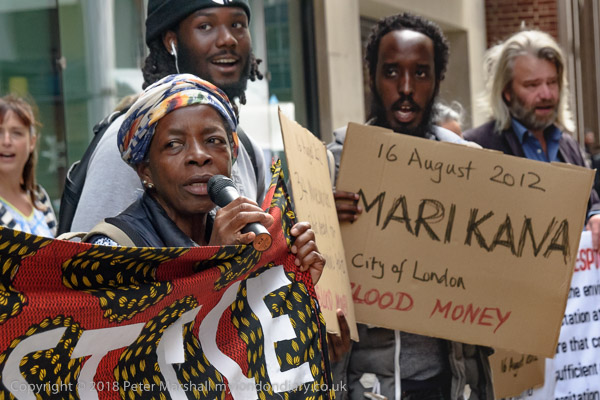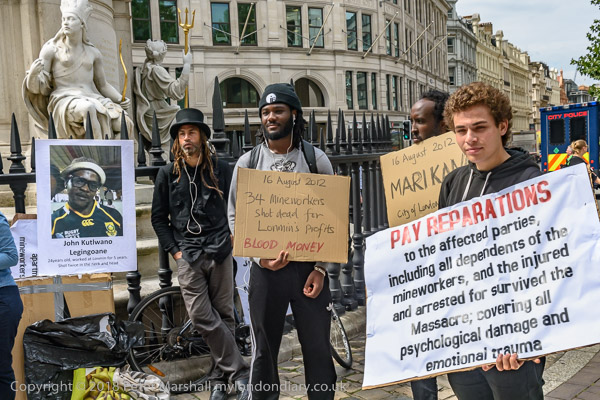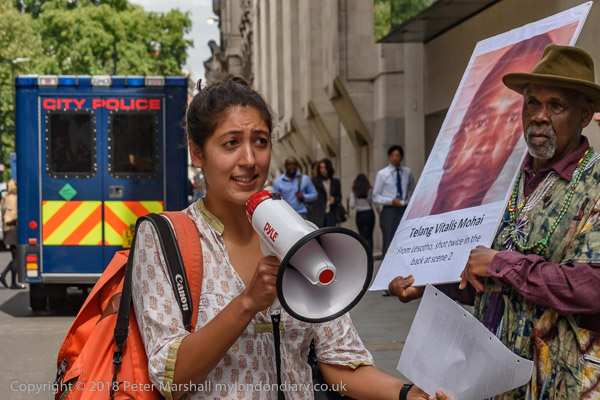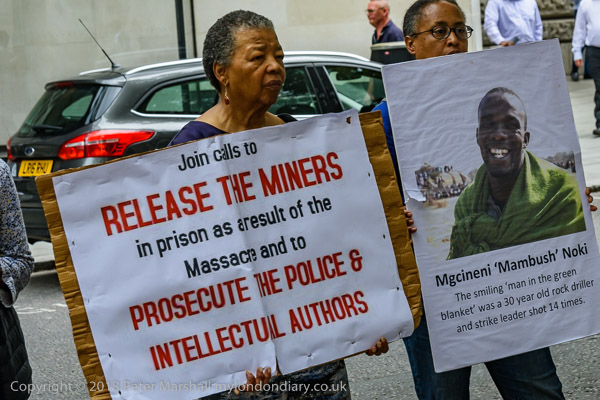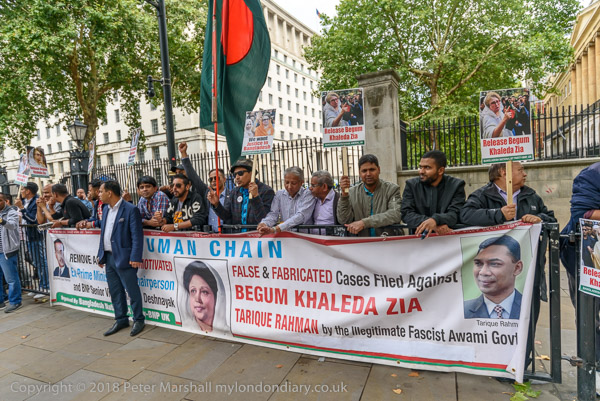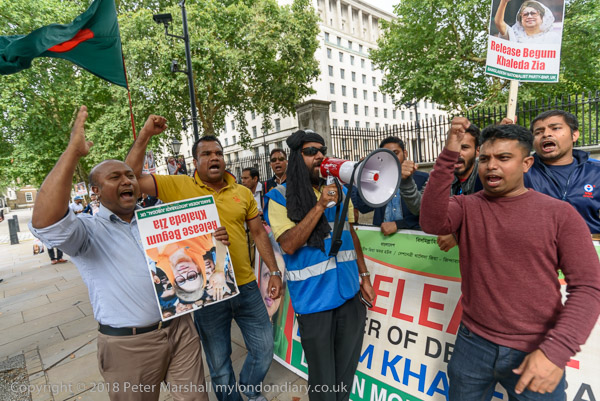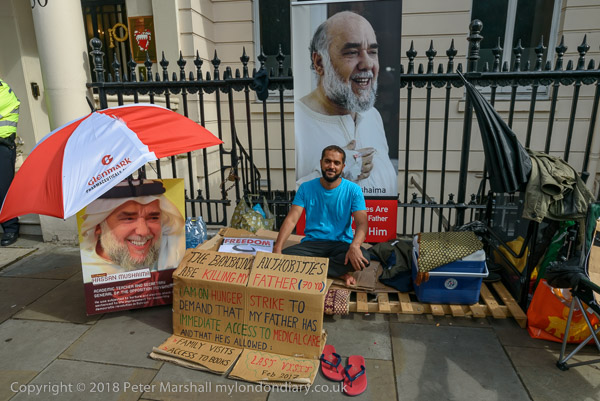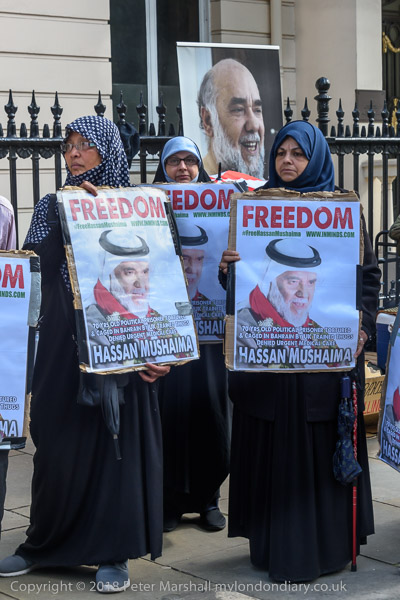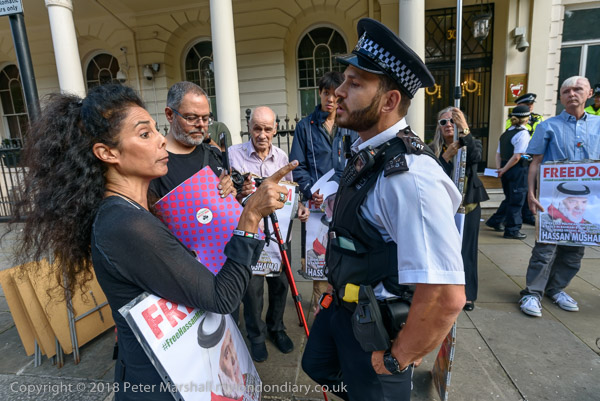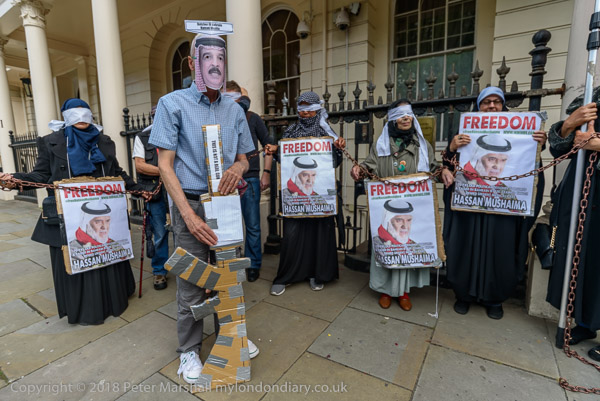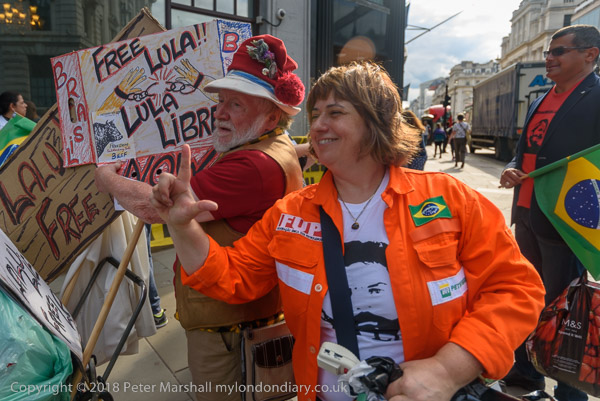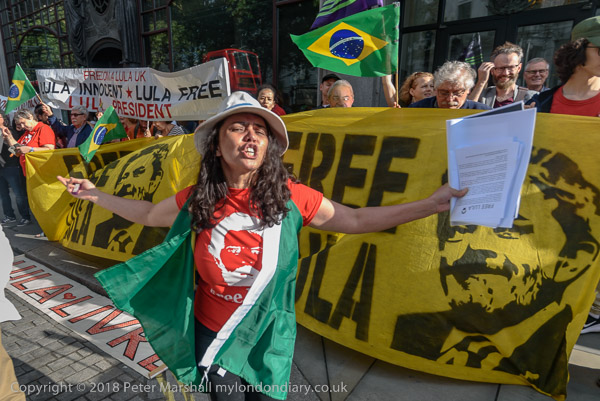Saturday 8th October 2016 in London
Stand Up to Lambeth Council – Windrush Square, Brixton
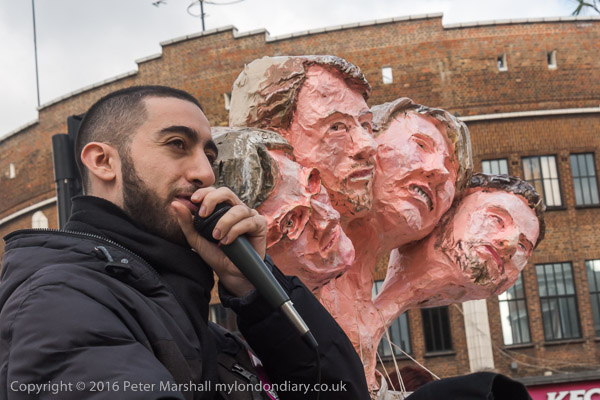
Lambeth is on some measures one of the most unequal boroughs in the whole of England, with some areas of high deprivation and others with well above average incomes. It is ethnically diverse, with almost two thirds not describing themselves as White British and schoolchildren coming from homes in which 150 languages other than English are the first language. There are large Portuguese, Spanish and Somali speaking communities and almost a quarter of the population identify as Black.
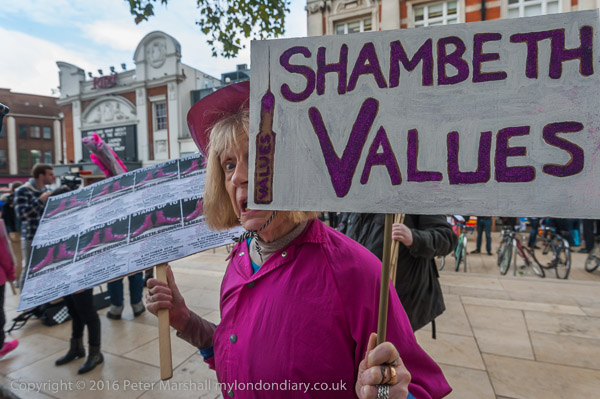
Lambeth Council is run by Labour who have almost 60 councillors, with just three Lib-Dems and two Green Party councillors (there were 3 Conservatives and no Lib-Dems in 2016.) It is dominated by right-wing Labour councillors and has many links with property developers, estate agents and others, and seems determined to follow policies which are not in the interests of the people of Lambeth, closing libraries, ending many vital services and getting rid of council estates and the people who live there.
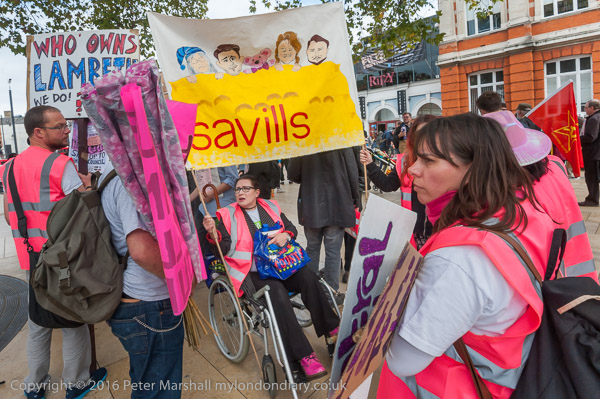
Activists in the borough accuse the Labour council of financial waste and “destroying our communities, racial and social inequality” and “stealing the people of Lambeth’s future.” The borough’s motto is ‘Spectemur Agendo’, Let us be judged by our acts, and many in Lambeth have judged the council and found it guilty of selling out its people.
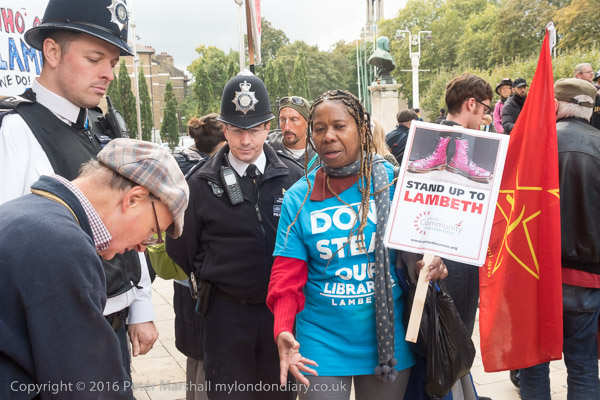
The protest was planned to be ‘family friendly’, a ‘big, pink, determined’ event to ‘Stand Up To Lambeth Council’ and oppose its “destruction of services, homes, jobs and the rights of residents.” As well as speeches there was a small brass band. But the protesters were clearly angry and a Lambeth Labour stall in the square needed police protection after it refused to take part in the protest or move. There were Labour members taking part in the protest, but Lambeth Momentum later appeared to deny supporting it, hoping to avoid the kind of purges that have been highlighted in the recent truly shocking Al Jazeera ‘Labour Files’ documentaries.
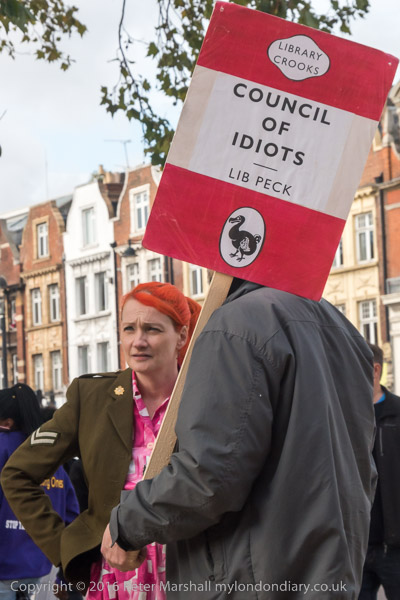
Council business is largely decided by a small inner cabinet, and the four major villains were represented at the event by a large four-headed monster made by Andrew Cooper with the faces of Lambeth Labour leader Lib Peck, Cabinet Member for Housing Cllr Matthew Bennett, Cabinet Member for Regeneration, Business and Culture Jack Hopkins and Sue Foster, Strategic Director, Neighbourhoods and Growth.
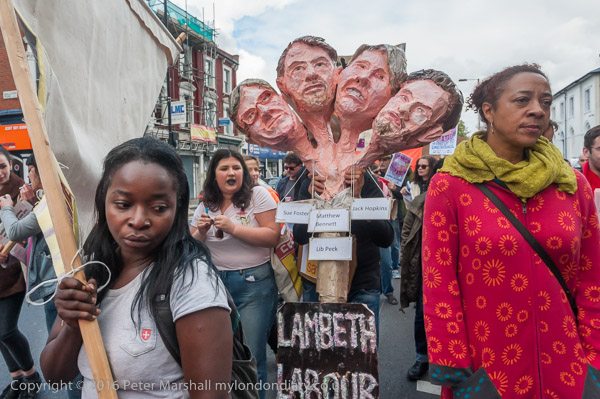
Eventually the march set off for Clapham Common, though it came to a partial halt almost immediately for a protest outside Lambeth Town Hall opposite Windrush Square, before setting off slowly towards Clapham.
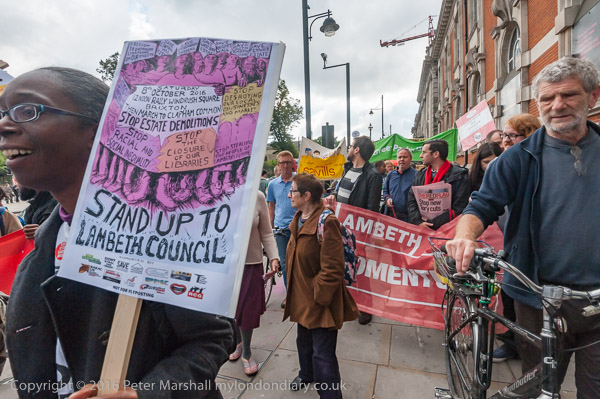
I walked with the march roughly halfway to Clapham Common before turning around and going back to Brixton to catch the Victoria Line to central London.
More on My London Diary:
Stand Up to Lambeth March
Stand Up to Lambeth Council
Brixton Arches & More – Windrush Square, Brixton
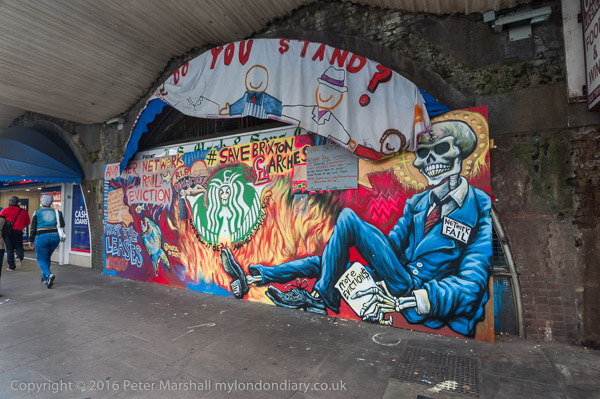
Both on my way to the protest and during the march along Acre Lane I took a few pictures of Brixton. One of the actions of Lambeth Council has been to cooperate with Network Rail to force out traders from the railway arches in the centre of Brixton.
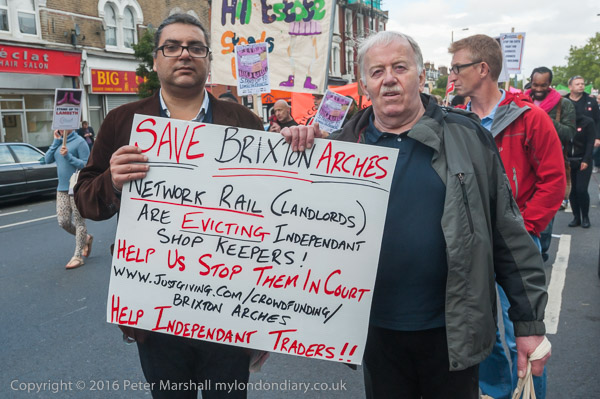
Network Rail intend to refurbish the arches and will then re-let them at three or more times the current rents, which will mean the distinctive local businesses being replaced by chains which can be found on every high street across the country. The campaign to keep the businesses there received huge support in the area, but the council wasn’t listening.
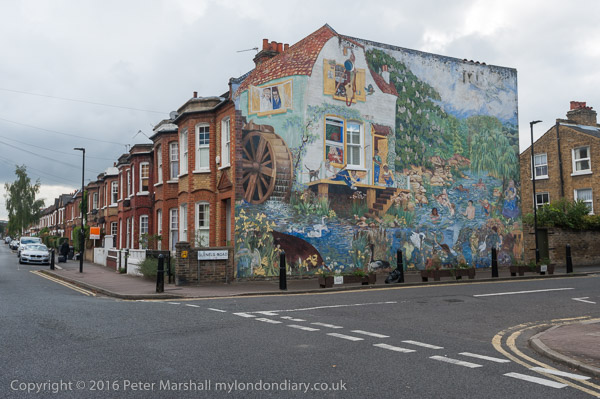
I rushed a few yards away from the march to photograph the mural Big Splash, painted in 1985 by Christine Thomas and still looking well (details here), though I doubt if anything like this ever existed on Brixton’s river, the Effra.
Trafalgar Square
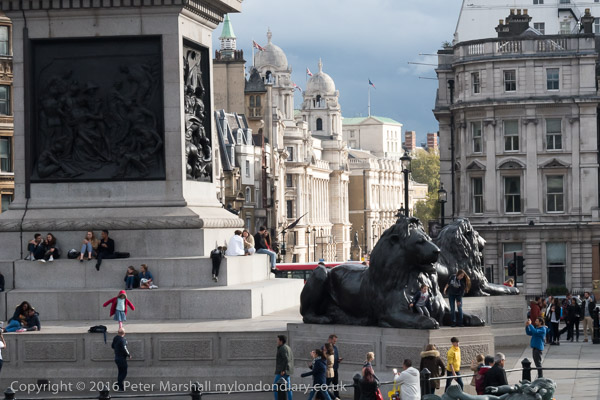
I’d left the Lambeth protest to come back to photograph a protest that was supposed to be happening in Trafalgar Square which quite a few people had said on Facebook they would be attending. But nobody had turned up, and I had time to wander around the square.
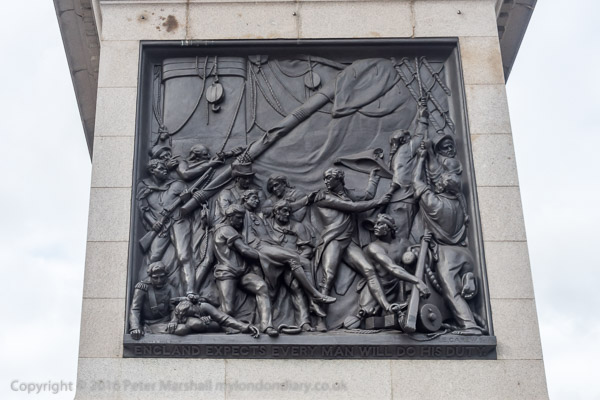
One of the four 18ft square square bas-reliefs on the base of the column was of particular interest as the picture showing Nelson’s death includes one clearly black face. These panels were supposed to be made with brass from captured French cannon, but one led to a court case with the makers being jailed for having added some much cheaper iron and it had to be completed by others. The builders of the column also got away with fraud, as when it was restored in 2006 it was found to be 16 ft shorter than it should have been.
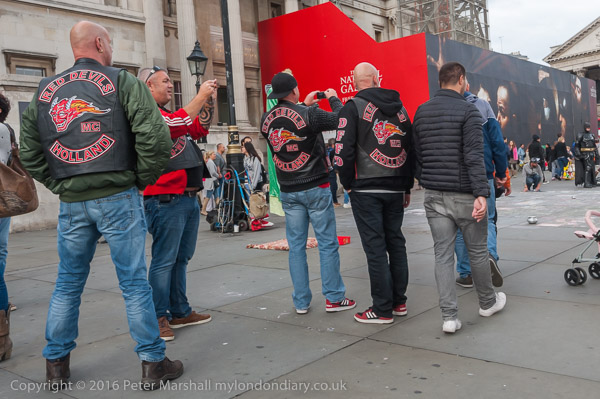
There were problems with the lions too, as they were first commissioned to be sculpted in granite, but the sculptor had a disagreement with the architect and abandoned the job. took years for them to be re-commissioned in bronze from Sir Edwin Landseer and Baron Marochetti and they were only added in 1867. And like most large projects while the costs were intended to be covered by private finance (or rather public subscription) the government had to step in and cover much of the cost.
Iranian vigil on Anniversary of 1988 Massacre – Trafalgar Square
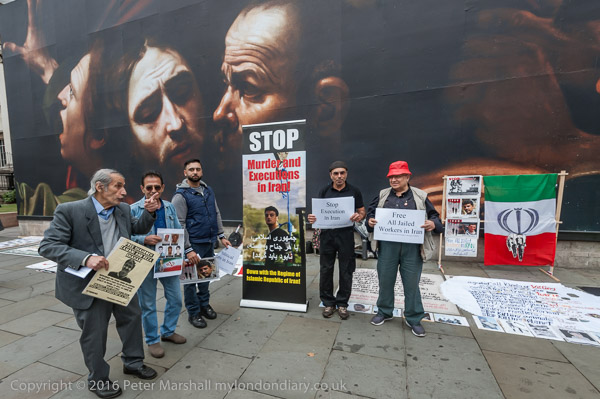
I’d stayed in Trafalgar Square to photograph a vigil by the Iranian People’s Fadaee Guerrillas in London and the Democratic Anti-imperialist Organisations of Iranians in Britain on the 27th anniversary of the massacre of an estimated 18,000 political prisoners held in Iranian jails by the Iranian regime following its defeat in the Iraq/Iran war in the Summer of 1988.
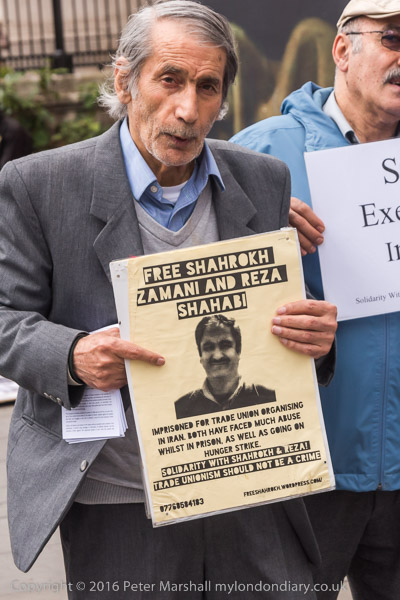
The 3 months of killing by the Iranian regime of communists, progressives, patriotic activists and intellectuals of all ages ended at the beginning of October 1988 but details only began to emerge years later. The protest also called for the release of the many political prisoners still held in Iran and called for a society there were all would be free and equal.
Iranian vigil on Anniversary of Massacre
